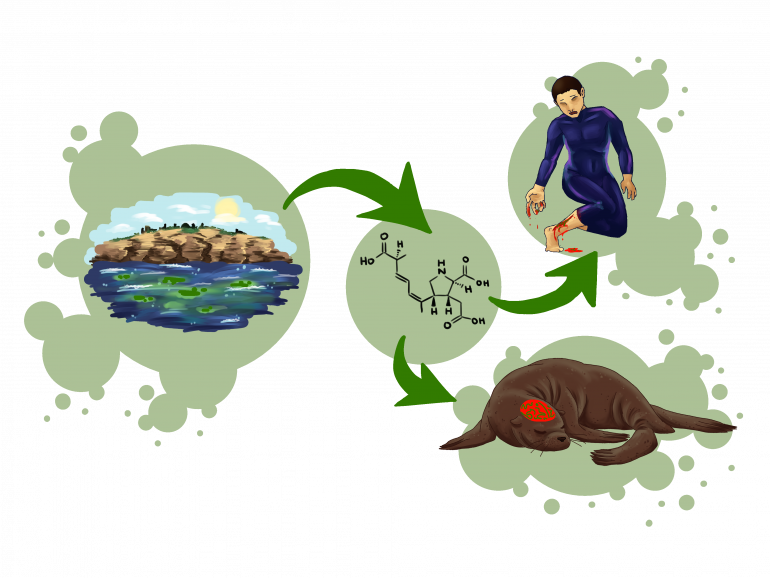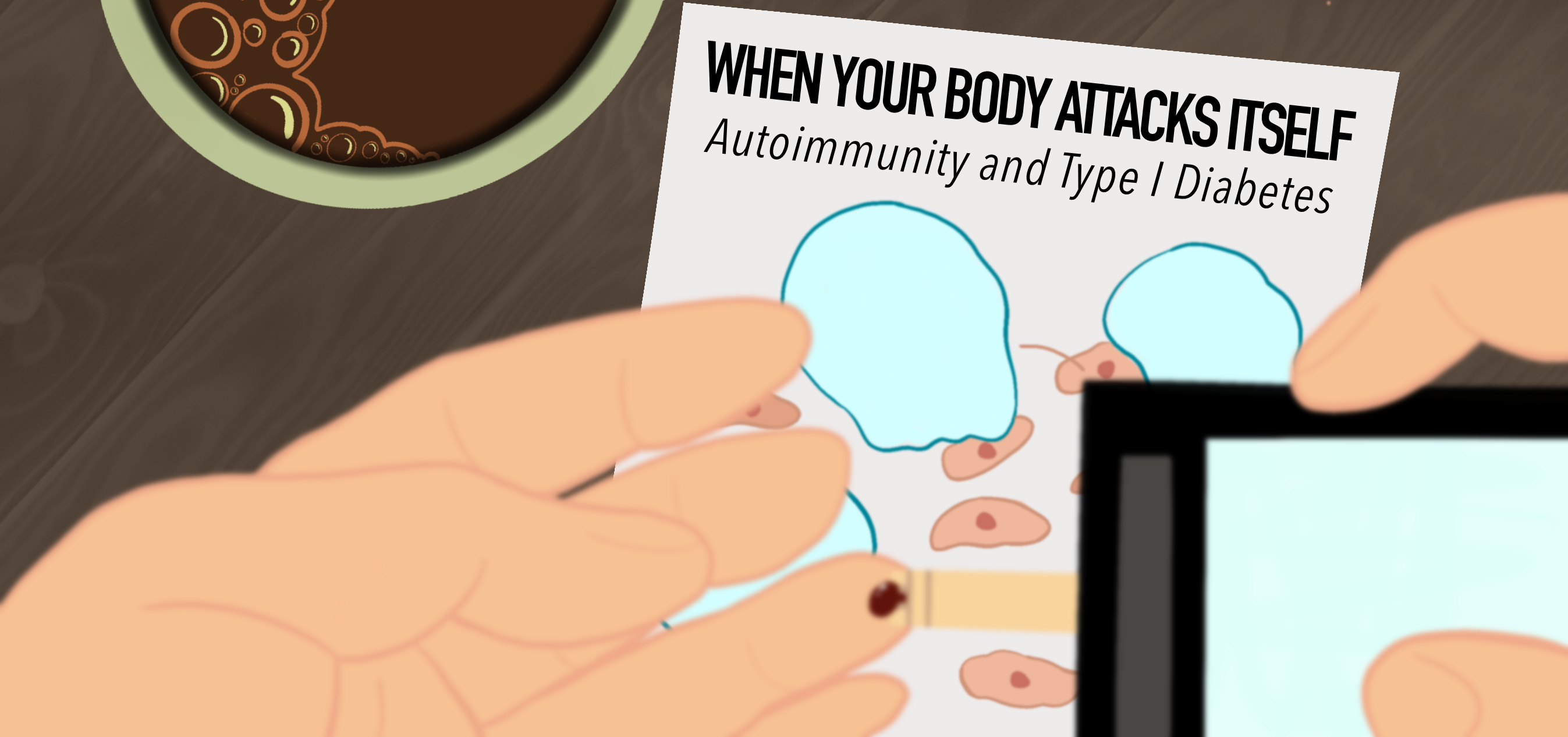“Warning! Contact with this water may cause illness,” read the signs posted on the stairs leading down to La Jolla Cove. The warnings have not stopped people from entering the waters, and they certainly won’t keep the sea lions from spending time in the Cove. Although these advisories may be relatively new, the sea lion population is not. The sea lions of La Jolla Cove have called this local tourism hot-spot their home for many decades. According to an article from the La Jolla Light, the offshore canyon provides a plethora of species of rays and fish for the sea lions to feed on. Also, the rocky, sandy shores of La Jolla provide the ideal rookery, or breeding location, for sea lion pups, and the sea lion population continues to grow faster and faster each year. However, as time goes on, this popular hangout for humans and sea lions alike is being contaminated with harmful bacteria, with warning signs scattered across the beach putting a damper on the beautiful Cove.
In 2016, KPBS San Diego reported that the Cove received a “D” grade for pollution from Heal the Bay–a non-profit, environmental monitoring organization founded in 1985 and based out of Los Angeles that gives annual pollution ratings for beaches across California’s coast. This “D” rating suggests that not only the Cove is extremely contaminated but that the pollution is increasing rapidly, as it received an “A+” rating in winter 2015. It’s currently unclear which population is more at risk from this increase in bacteria–the sea lions or people.
To determine what exactly has caused the increase in contamination, it is important to first understand La Jolla Cove as an environment. Due to its rounded shape, La Jolla Cove experiences less circulation than a more open beach, allowing harmful bacteria to concentrate more intensely. Furthermore, the recent increase in water temperatures due to climate change have made algal blooms much more common along the coast of California, harming marine life. An article published in Smithsonian Magazine states that when algal blooms occur, a neurotoxin known as domoic acid can be dispersed throughout the marine food chain. This compound causes brain damage and an impaired ability to navigate in sea lions. Thus, as algal blooms occur more frequently, the concentration of domoic acid, as well as other harmful toxins, will only increase in the Cove and have further health detriments on the sea lions. Along with the lack of water circulation, the age group of La Jolla’s sea lions also affect their susceptibility to harmful diseases from domoic acid exposure. In a study conducted by the American Society of Microbiology, it was found that a greater diversity of bacteriophages is more common in unweaned sea lion pups than in juveniles and adults. In this study, fecal viral communities were compared from groups of unweaned pups, juveniles, and adults. 79% of pups contained some type of bacteriophage, varying between four different types of phages. This differed from the results of the other groups, as the majority of infected individuals in the juvenile and adult age groups suffered from a singular bacteriophage, rather than multiple different ones. With the Cove being a fairly large breeding ground for sea lion pups, this only increases the population’s susceptibility to disease.
Sea lions aren’t the only ones suffering from the Cove’s increased bacterial population. An article from ABC 10 News San Diego highlights Bob West, a La Jolla local who faced near-death after swimming at the Cove and cutting himself on one of the rocks. His wound was exposed to the water and became the breeding ground for a bacterial infection, causing severe swelling in his leg and a 104-degree fever. He was eventually taken to the hospital and required professional care. Although the severity of West’s infection is most likely directly related to his open wound, there have been multiple accounts of people, especially lifeguards, who have fallen ill due to prolonged exposure to concentrated bacteria in the Cove, even without open wounds.
The vast concentration of bacteria thus not only affects the health of sea lions but also that of humans. However, some blame the contaminated water entirely on the sea lions, hypothesizing that sea lion fecal matter may contain harmful bacteria, even though substantial research supporting this claim has not been conducted. At this stage, the ultimate cause of contamination in the Cove needs further research to be illuminated. Scientists, researchers, and residents must focus on actions that mitigate the effects of climate change and prevent further damage to the La Jolla Cove environment. As the contamination of the Cove increases, the memorable, fun, and beautiful natural area it is today will dwindle away; however, with precautionary measures, there is still hope for the Cove to once again become an enjoyable destination for both humans and sea lions.
References
- https://www.lajollalight.com/news/opinion/story/2021-10-25/guest-commentary-what-you-might-not-know-about-la-jollas-sea-lions-and-how-to-watch-them
- https://wdfw.wa.gov/fishing/basics/domoic-acid#:~:text=Domoic%20acid%20can%20be%20fatal,within%2024%20hours%20of%20ingestion
- https://www.smithsonianmag.com/science-nature/major-disease-outbreak-strikes-california-sea-lions-180970755/
- https://www.ncbi.nlm.nih.gov/pmc/articles/PMC3196430/
- https://www.kpbs.org/news/evening-edition/2017/07/03/la-jolla-cove-named-fifth-most-bacteria-ridden-bea
- https://www.nbcsandiego.com/news/local/why-has-the-california-sea-lion-population-tripled/176710/
- https://www.10news.com/news/lifeguards-falling-ill-at-la-jolla-cove

